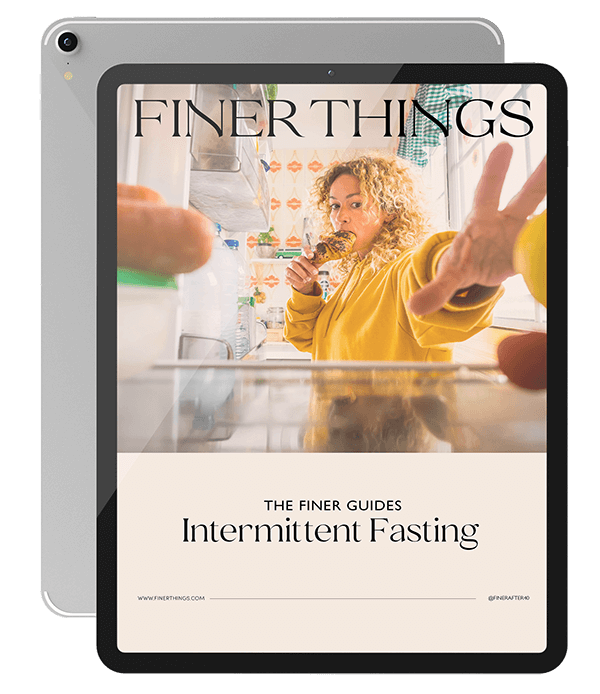How to Eat Healthy and Save Money at the Same Time

By Franki Hanke
Healthy foods tend to cost more, but with the right planning, you can eat well without overstretching your wallet.
Healthy eating costs more money. We know this. All the foods involved in a healthy diet (vegetables, seafood, and whole grains) are associated with a higher cost. If you’re grocery shopping for a new, healthier routine there’s sticker shock involved. If healthy eating is just one part of your well-being routine, you’re likely feeling some budget strain! Do you know how to eat healthy and save money at the same time?
Well now, it’s even worse.
With rising food costs across the US, starting with Thanksgiving and continuing through the rest of the year, multiple sources anticipate a higher cost for all foods. So, what’s the answer then?
If you don’t, you’re in luck. Stick to even a tight budget with these tips.
How to Eat Healthy and Save Money at the Store: Shop Smart
There are many options for how to save money just with your shopping habits.
Buy in bulk.
The larger the container you’re buying, the cheaper the per unit price (whether that’s ounces or grams). Statistically, a 10% larger package relates to a 5% decrease in the unit price.
So, for non-perishable items that you purchase often, opt for the largest size at the grocery store. Depending on the size of your family, a bulk retailer like Costco or Sam’s Club may be worth the membership. To further save, consider splitting bulk purchases across friends or family to maximize the use of your membership.
Some quick tips for buying in bulk:
→ Don’t buy bulk sizes of perishables that you won’t easily eat in time.
→ Split up bulk products between family or friends.
→ Don’t buy more than you can properly store. If it’s hidden, will you really eat it?
→ Don’t assume a paid bulk membership will pay off in savings.
Some of the best things to bulk-buy are your whole grains like brown rice or dried legumes like lentils as they have a long shelf life and are the base of many meals.
Plan meals ahead (and don’t overbuy).
Plan your week’s menu before you write your grocery list to ensure you’re only buying what you actually need. This meal planning ensures you’re balancing your diet the way you’d like and informs your grocery list.
Once you’re at the store, don’t buy off-list. For impulse shoppers, this might require going to the grocery store with a full stomach so you’re not tempted by snacks and impulse buys that aren’t on the shopping list.

Shop in season.
When items are being harvested that season there’s more of them on hand and they tend to be cheaper. On the other hand, off-season produce has to be shipped from further away from where they are being harvested.
Buy items that are more readily available and in the season to see cheaper prices. When items aren’t in season, opt for a frozen version for the same health benefits and nutrients but at a lower cost. Frozen fruits and frozen veggies often get a bad rap, but there’s no reason not to use frozen options to save money on fresh fruits and veggies (and reduce food waste from rotting too quickly). If you’re big on smoothies, frozen fruit improves the thickness and texture too for a double win.
If you want to check what’s in season, refer to Seasonal Food Guide.
Limit meat (and other costly items).
Sometimes the key to saving money is simply avoiding expensive items. Cutting back on high-cost items like meats or avocados can save a considerable amount. Rather than relying on meat for protein, opt for beans instead. Beans are protein-dense but massively cheaper than meat. Plus, beans are a healthy meal staple while red meat is often linked with increased heart problems and other health concerns.
Get The Finer Life
Our Sunday email has tips and content you will love – exclusively for our subscribers.
"*" indicates required fields
If you are going to buy meat, consider going bigger. Smaller packages of ground beef and chicken breasts tend to be higher per ounce than larger, family-packages or whole chickens. A whole chicken requires a little more work in the kitchen but could save some money upfront.
In the same vein, opt for store brands substitutes rather than name brands to shave some cost off the item.
Buy frozen.
Just like with fresh fruits, fresh fish has a higher price tag than its frozen counterpart. Save money (and have food on hand anytime) with frozen filets.
Stop buying organic produce.
The USDA has found that organic foods can cost more than 20% than conventional produce. Plus, the massive marketing push around “organic” as a buzzword is really misleading.
If you think you’re healthier or safer eating organic, you’re not. The Certified Organic label specifically is not related to “nutritional or safety features,” as stated by the USDA.
Steve Savage of Forbes said it simply: “Studies have shown no appreciable difference in nutrition between crops grown either organically or conventionally.”
Save money by not buying into the buzzword. If you’re concerned with saving money and want to be more connected or informed about your food sources shop at your local farmers’ market. You can directly inquire about any concerns you have about their practices while funneling your money into a small, local pocket.
How to Eat Healthy and Save Money at Home: Reduce Food Waste
Even if you’re shopping right, there’s still an opportunity for food waste. Any food you throw away (or send to the compost bin) is money down the drain.
Store foods properly.
Foods will often suffer if stored improperly, especially fresh produce. Take a little extra time to package and store things well to extend their life.
→ Ensure washed greens are completely dry before storing.
→ Some fruits (like apples) will ripen their neighbors in the bowl. Store them separately to protect your other items.
→ Store hydrated items (like carrots or herbs) in water to keep them crisp.
→ Maintain a cool, dry environment for pantry items like olive oil.
→ Keep leftovers in airtight containers (especially if you freeze leftovers).
Embrace “dump” meals.
Some recipes are easier to fit any leftover ingredients into. The best, easier ones are stir-fries and soups. Both these options flex to work with whatever you have on hand. Plan one night of the week’s meal planning as an “empty the fridge” meal with what’s on hand to use up any stragglers.
The extra bonus is that stir-fry is often quicker than even takeout. Just chop veggies and add to a pan with olive oil. Finish with a sauce of your choice or simply some soy sauce.
Don’t be overwhelmed with all the healthy recipes online that feature 15 ingredients for a single serving. You can be budget-friendly and eat for your health. For some guidance on eating healthy, consider the core “rules” shared by nutritionists.

Want a Free Guide?
You will receive our free 19-page guide and access to our exclusive content, private invitations, and tips you’ll love.
"*" indicates required fields
Facebook Group
